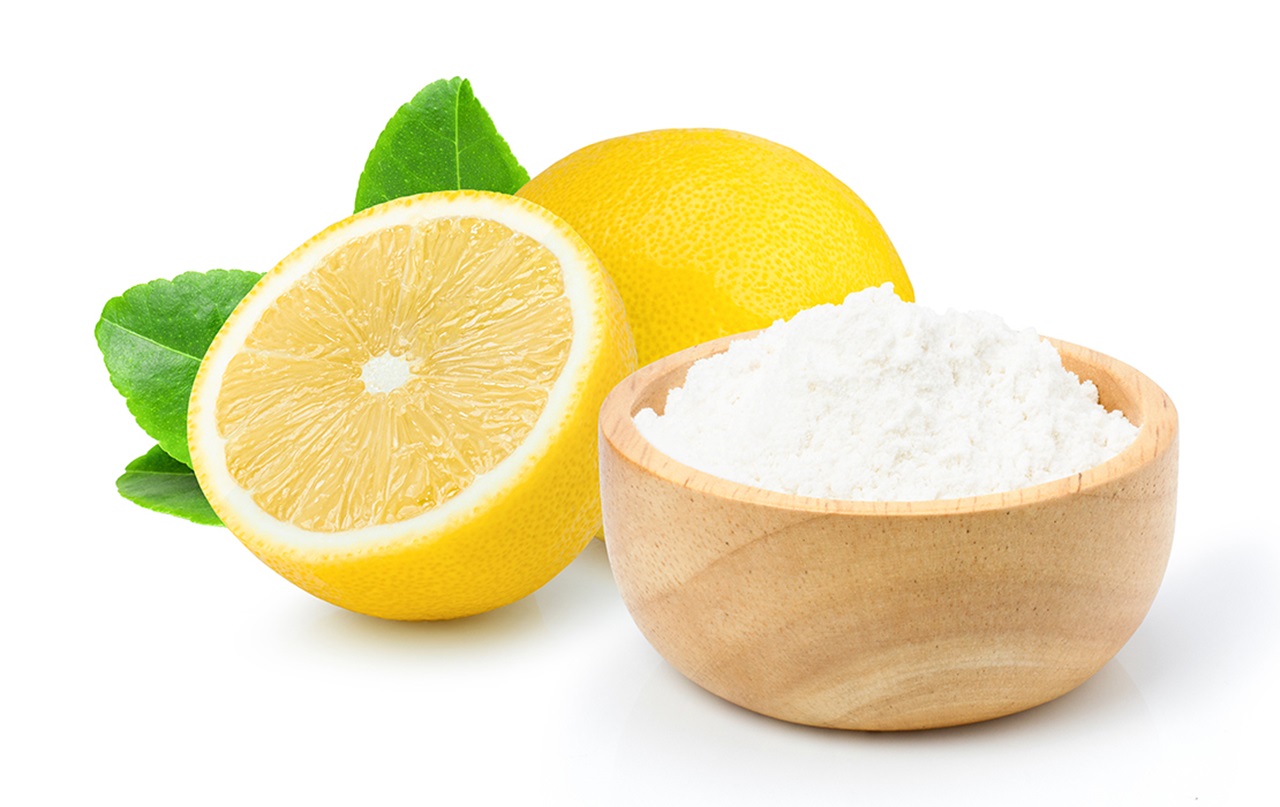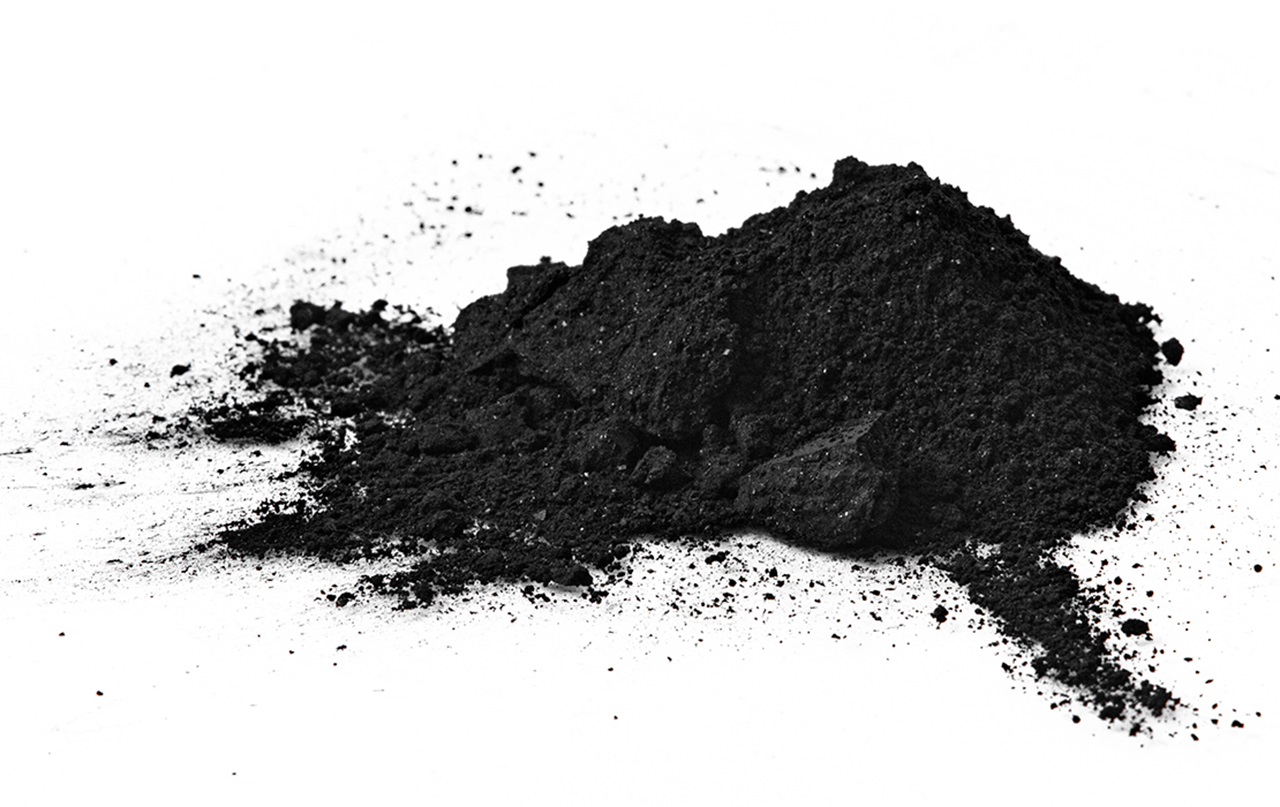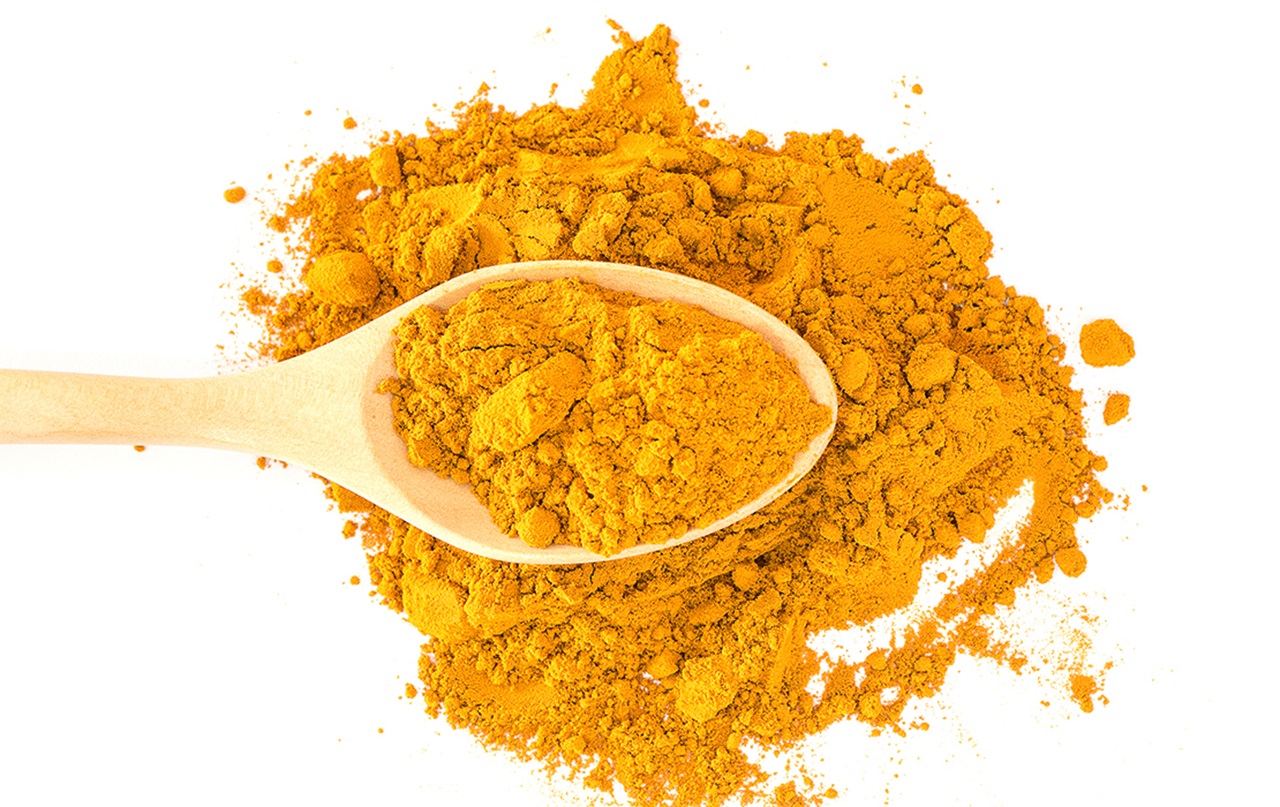When it comes to teeth whitening, you may see many different methods featured online and in magazines—from oil pulling to charcoal, and even turmeric. It's no surprise that DIY whitening is top of mind, either. When the American Academy of Cosmetic Dentistry asked people what they’d most like to improve their smile, the most common response was whiter teeth.
Healthy smiles come in many shades, though it's tempting to think ingredients in our own kitchens could hold the key to a brighter smile. Still, just because a method is natural doesn’t mean it’s healthy. In fact, DIY whitening can do more harm than good to your teeth. Here’s how:



